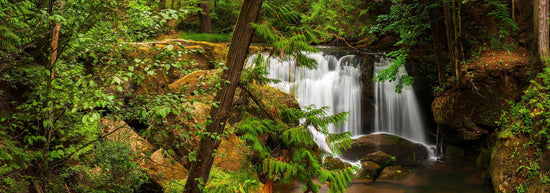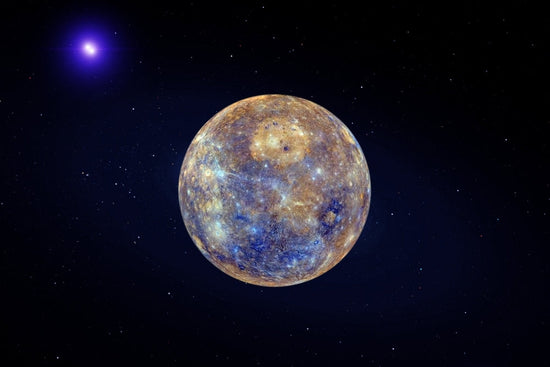It’s an unjust yet statistical fact that the people who live, work, worship, and play in the United States’ most polluted areas are disproportionately people of color. Often, poor and minority communities are targeted as host sites for facilities that are known to have detrimental effects on the environment as well as the people living near them.
Although the problems associated with these types of facilities are often faced by low-income communities as a whole, some studies have found that race is a stronger indicator than socioeconomic status in predicting the locations of hazardous waste sites.
Three out of five African Americans live in communities with uncontrolled toxic waste sites. The people living in the “fenceline zones”, those extremely vulnerable areas closest to toxic waste facilities, are 75% more likely to be Black and 60% more likely to be Latino than to be non-hispanic whites.
People of color are more likely to live near places like hazardous waste sites, power plants, landfills, chemical plants, and other industrial complexes.
What is environmental racism?

Children playing near a refinery in Houston, Texas. Image from GoldmanPrize.org
These statistics are examples of environmental racism, which is defined as any environmental injustice that occurs within a racialized context, both in practice and in policy. It’s the unequal impact that environmental hazards have on the lives of people of color and other marginalized communities.
Environmental racism is the reason that 15% of coal reserves and more than a third of uranium reserves are located on Indigenous lands (lands and resources that in the past have been taken from Indigenous people once discovered). It’s the force behind the fact that two in five Latinos live within 30 miles of a power plant.
According to Dr. Robert Bullard, considered the father of the environmental justice movement, race and poverty are powerful predictors of neighborhoods that have major pollution problems, lack access to healthy food, and become urban heat islands.
But why?
How is this a systemic problem? What are the origins?
On the surface, this looks like a factor of economy - and in a lot of ways, it is. But the question remains, why is there such economic inequality between races in this country? In 2016, the net worth of a typical white family in America was $171,000 while Black families averaged just $17,150. One of the biggest reasons cited for this racial wealth gap is that white families receive larger inheritances, an important factor that helps explain why this problem still has its roots in our racist history, as historical gaps persist over generations.

This graph from Brookings.edu shows the large disparity in wealth between races in the United States
There have been multiple barriers to black Americans’ ability to grow wealth, from violence to discriminatory policies. The attack that happened in Tulsa in 1921 decimated what had been one of the most affluent African American communities in the early part of the 20th Century. Known as the Tulsa Race Massacre, it left hundreds of Black residents dead and 1,000 homes destroyed.
Policies that have excluded people of color include the GI bill of 1944 which denied Black veterans of the same benefits as their white colleagues, and the Jim Crow Era’s “Black Codes” that worked to enforce racial segregation and restrict many of the rights of Black people. Historical occurrences like this may seem far behind us, but they have a compound effect on the way wealth is built throughout generations.
The policy that has possibly been the biggest player in environmental racism is redlining. In the 1930s, real estate investors and federal officials marked certain neighborhoods with red lines, labeling them as “risky” to invest in because the neighborhoods were filled with people of color. For decades after these areas were redlined, residents in these neighborhoods couldn’t get bank-backed mortgages. On top of that, while people of color face housing discrimination elsewhere, they’re often granted easier access to home loans close to chemical plants and toxic waste sites.
What are the health impacts of environmental racism?
The divide in wealth and segregation of neighborhoods leads to inequality in health outcomes. Exposure to pollution can lead to health defects and even death, and the prevalence of racial minorities in polluted areas means these populations are more exposed to these risks. This is part of the explanation as to why communities of color have higher incidences of certain diseases like cardiovascular disease, respiratory illness, diabetes, and birth defects.
It has been found that nationwide environmental issues such as climate change, water contamination, and lead poisoning disproportionately affect people and children of color. The American Lung Association reports that people who live in predominantly Black communities are at greater risk of premature death from particle pollution.
What’s worse, a study shows that middle- to upper-class whites are causing the most pollution, yet inhaling the least of it. This is described as “pollution inequity”. The study focused on fine particulate matter (PM2.5), which stems from activities like burning fossil fuels, agriculture, and construction. Exposure to PM2.5 is a major health risk concern, causing 63% of deaths from environmental causes.

This graph from ElizabethWarren.com displays the "pollution inequity" between races
The outlasting effects of redlining have left communities of color in “urban heat islands” that have less tree cover, more paved surfaces, and higher summer temperatures than the city average. Heat is the nation’s deadliest weather event, killing as many as 12,000 people every year.
All of these negative environmental factors, intermingled with social and economic issues, lead to higher levels of chronic health problems such as asthma, diabetes, and hypertension for minorities and low-income communities. The effects of these long-standing inequalities become even more glaring in times of great distress, as we can see with the current pandemic.
People of color in the U.S. are four to five times more likely to be hospitalized from COVID-19 than non-Hispanic white persons. Seven of the top ten U.S. counties with the highest COVID cases have populations where people of color make up the majority, according to data compiled by USA Today.
We can see how these issues stack upon each other, creating unfair and disadvantaged situations that are difficult to break out of.
Unfortunately, a lot of the people affected by these circumstances don’t have a voice, nor a platform to speak from. Even if they did, who would be there to listen?
The thing is, these problems have been going on for decades, and the government is aware of them and has made promises to address them many times before. So the question is, why hasn’t much change happened?
In the coming weeks, we will continue to explore these questions, examine what is being done for environmental justice, and ponder on what we can do to create lasting change.
Feature image from propublica.org shows an aerial view of the area known as "Cancer Alley" in Louisiana





